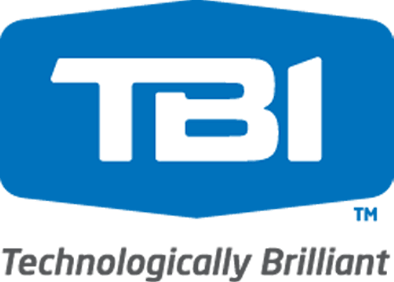“John, I was out last night having a drink with my buddy Greg.”
“The one that works for our main competitor?”
“Yes, that’s the one. We’ve known each other for years. He told me that his company just booked a $50,000 hardware and implementation deal from Teledonix. I thought we managed all their IT…”
“I thought so too. Did they not mention this upcoming project in the last QBR?”
John fell silent.
“You DID have a quarterly business review with them recently, didn’t you?”

QBRs are a great way to expand your offerings to a client.
Image courtesy of Channel Pro SMB.
Raise your hand if your sales team conducts a Quarterly Business Review with each customer or client….
Didn’t think so. Most of the time, the Quarterly Business Review (or “QBR”) is performed the first few quarters. After that, it becomes more of a “sometimes occasional irregular business review” a couple times a year before the meetings stop happening all together. That isn’t meant as a slight; more often than not, the client or customer is responsible for their end of the QBR. People get busy and their attention shifts to more pressing or urgent matters. Sure, clients have time to take your call or meet up for lunch, but a structured quarterly business review quickly slides down the ladder of importance.

Reviewing the recent past and near future keeps you on the same page.
Image courtesy of Strategic Planning Experts
That said, you absolutely MUST insist on a QBR with your clients and customers. The quarterly business review is the bedrock of the account manager’s relationship with the client and provides the absolute best opportunities to grow your business with existing customers. A QBR gives your account manager or sales maker a chance to:
- Meet face to face with a client. Professional sales makers know the value of meeting with prospects in person, but what about existing customers? Spending time reviewing the status of your relationship and the state of their business is every bit as important as all the meetings it took for you to win their business in the first place.
- Learn about new opportunities on the horizon. Perhaps the most important part of a QBR is forecasting the coming IT spend by the customer. Having this information early is invaluable in putting together solutions that fit their needs and expand your business partnership.
- Confirm the client’s satisfaction level with the service and support they are currently receiving. Learning about new opportunities is great but it won’t mean much if the client is unhappy with the service you are already providing. Your QBR agenda should begin with a review of current working relationships and services and a solicitation of the client’s honest feedback.
- Take note of problems if the client is unsatisfied. As difficult as it may be for you to hear, it’s better that the client express any unhappiness directly to you while you still have a chance to fix things. The alternative is them giving business to someone else or canceling their contract with you. Which would you prefer? If the client does have criticism for your current efforts, make sure to express empathy followed by proactive resolution, reassurance, and gratitude. “Jack, I understand our support desk response times are slower. When I get back to the office, I’ll sit down with the support director and review the data. More importantly, I’ll make sure the team knows that it is unacceptable to not be meeting our agreed upon SLA’s and I’ll make sure you don’t have to bring it up to me again. Thank you for letting me know.”
- Ask for referrals if the client is happy! If you and your team are doing a good job for the client, then you should end every QBR by reviewing the action items you agreed on and then asking for referrals. Do not be afraid or nervous about doing so; people love to talk about the brands and vendors with which they have great relationships. Asking for referrals is an opportunity for them to do so!

QBR’s don’t have to be formal to be successful.
Image courtesy of EMAPTA.
Outside of the time it takes to travel to the meeting, there is literally zero downside to a QBR. What could be better than face time with a customer and learning where they plan to spend their IT budget in the coming months? While it can be tempting to follow the customer’s lead and prioritize other activities over your QBR, you will be making a mistake. Your competitors are trying to schedule meetings to steal the business away from you. They’ll be meeting face to face with your clients, asking what they plan on spending in the months ahead, and if they are happy with you, the current IT solutions provider. Your team needs to be controlling those conversations. If you aren’t, don’t be surprised when you miss out on a deal or a chance to improve your business. Click here to learn how Mosaic NetworX makes regular customer interaction and quarterly business reviews part of their success strategy!






